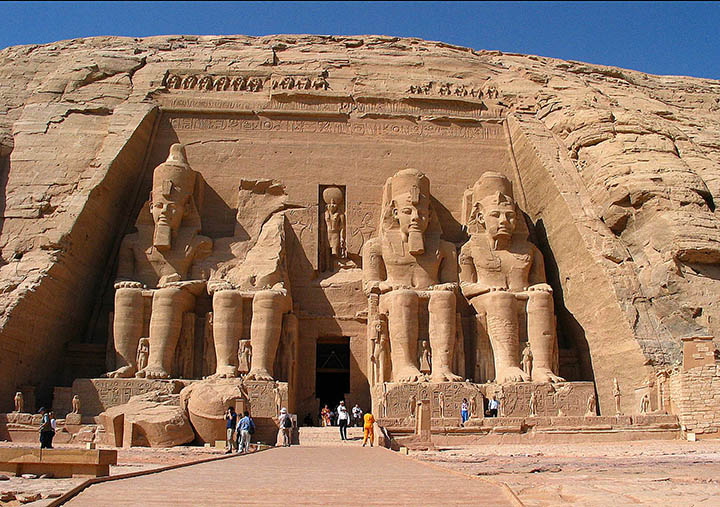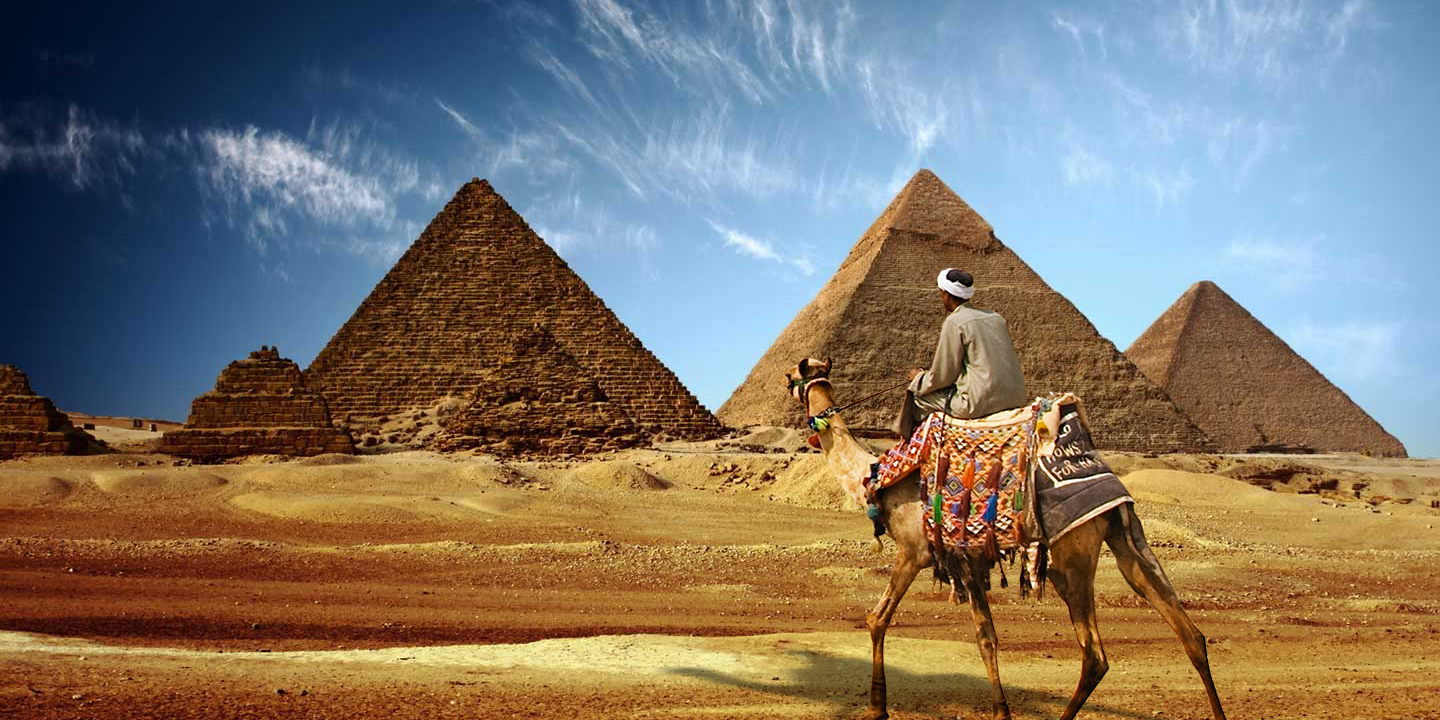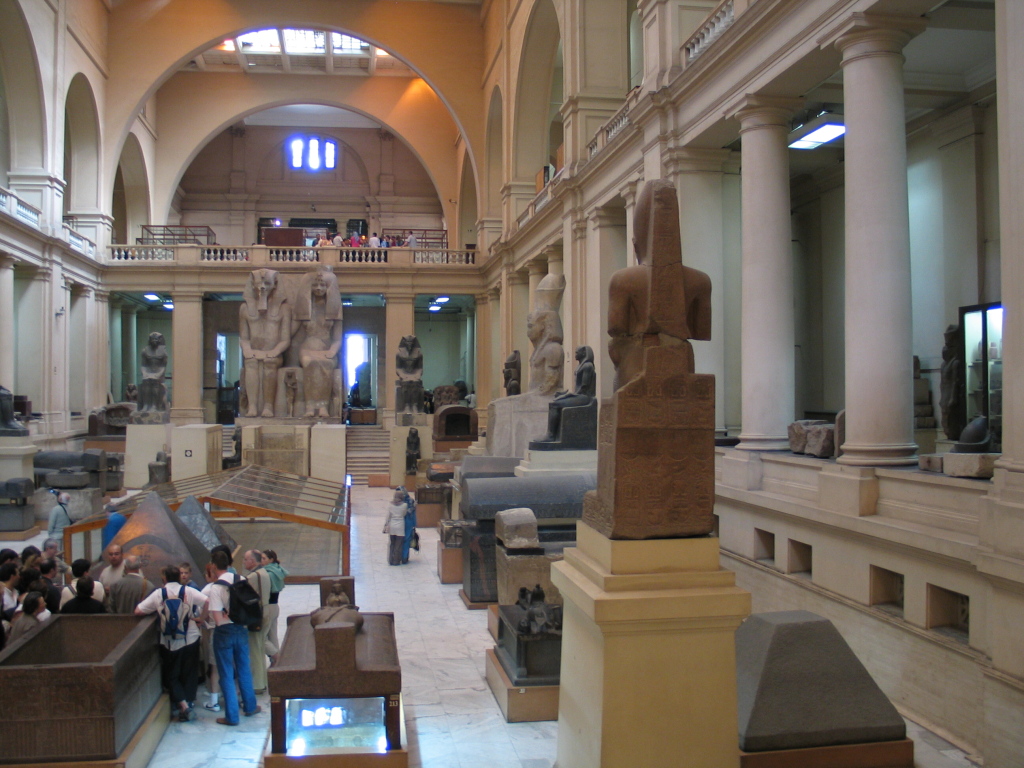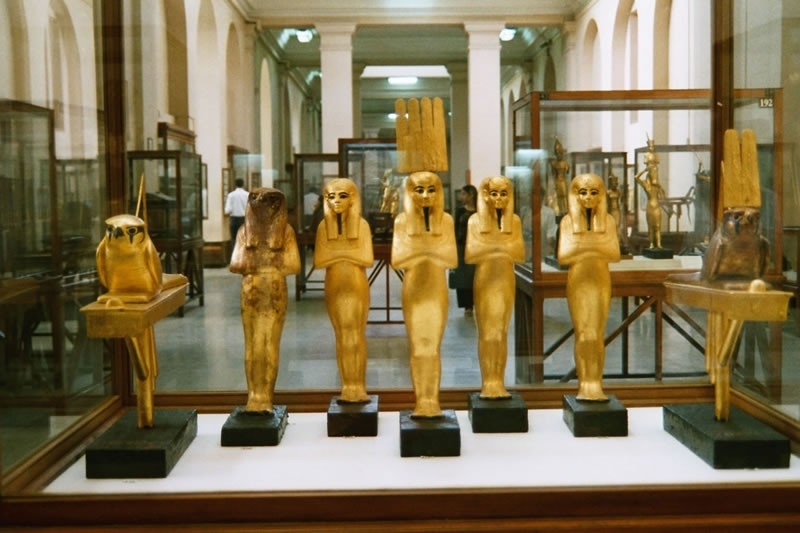Welcome to the Egypt

 |
| The Great Sphinx and the pyramids of Giza, built during the Old Kingdom
A unified kingdom was founded c. 3150 BC by King Menes,
leading to a series of dynasties that ruled Egypt for the next three millennia.
Egyptian culture flourished during this long period and remained distinctively
Egyptian in its religion, arts, language and customs. The first two ruling
dynasties of a unified Egypt set the stage for the Old Kingdom period, c.
2700–2200 BC., which constructed many pyramids, most notably the Third Dynasty
pyramid of Djoser and the Fourth Dynasty Giza pyramids.
   
Cairo: Egyptian Museum
The Egyptian Museum in Cairo contains the world's most
extensive collection of pharaonic antiquities; no visit to Egypt is complete
without a trip through its galleries. The original collection was established
in the late 19th century under Auguste Mariette and housed in Boulaq. The
objects were moved in 1891 to the palace of Ismail Pasha in Giza before being transferred
in 1902 to the current building at Tahrir Square, which is the first
purpose-built museum edifice in the world.
  Designed in the Neoclassical style by Marcel Dourgnon, the
Egyptian Museum boasts 107 halls filled with artifacts dating from the prehistoric
through the Roman periods, with the majority of the collection focused on the
pharaonic era. The museum houses approximately 160,000 objects covering 5,000
years of Egypt's past. Designed in the Neoclassical style by Marcel Dourgnon, the
Egyptian Museum boasts 107 halls filled with artifacts dating from the prehistoric
through the Roman periods, with the majority of the collection focused on the
pharaonic era. The museum houses approximately 160,000 objects covering 5,000
years of Egypt's past. 
The ground floor takes the visitor on a chronological tour through the collections, while the objects on the upper floor are grouped according to tomb or category; exhibits here include the treasures of Tutankhamun, wooden models of daily life, statuettes of divinities, and a rare group of Faiyum Portraits. On display on the second floor are also many of the New Kingdom royal mummies.
   |


No comments:
Post a Comment